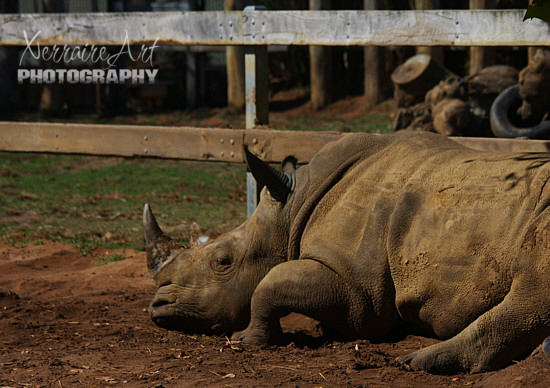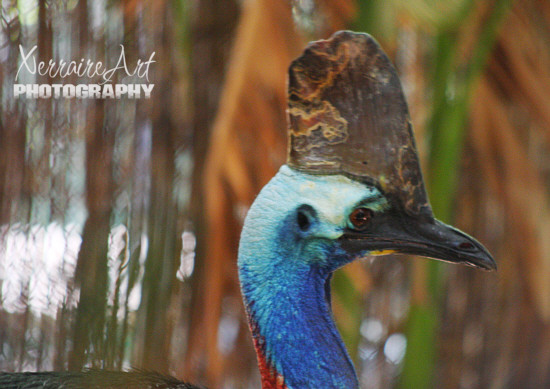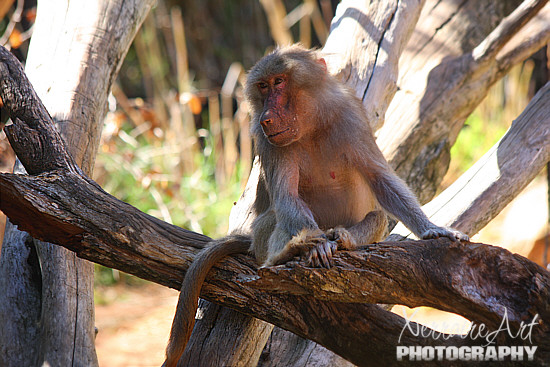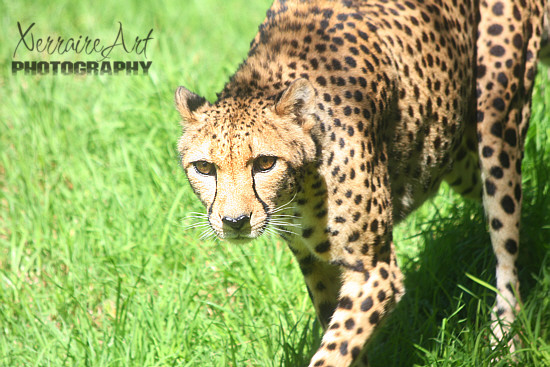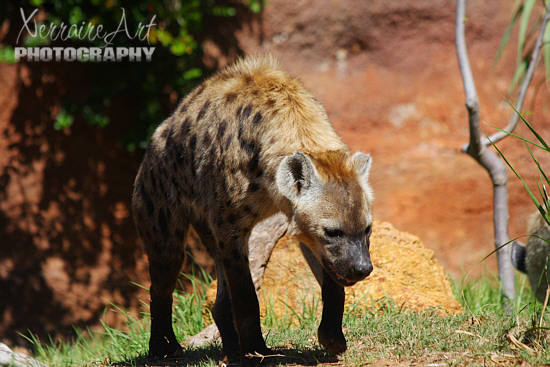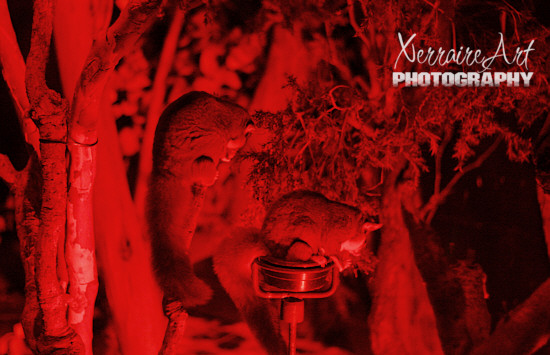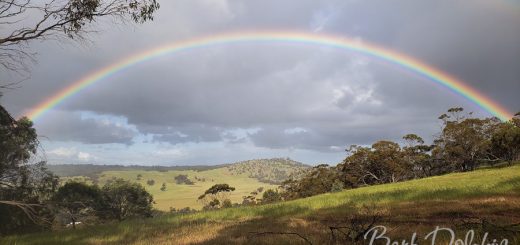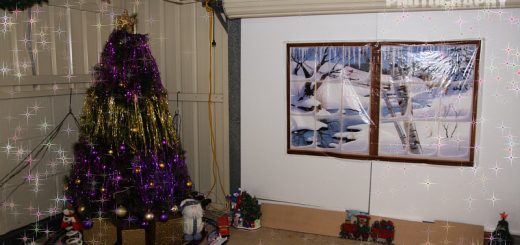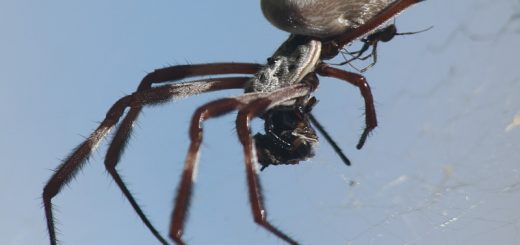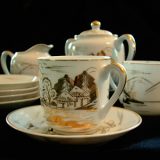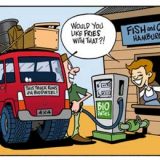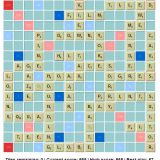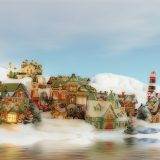Perth Zoo Part 2
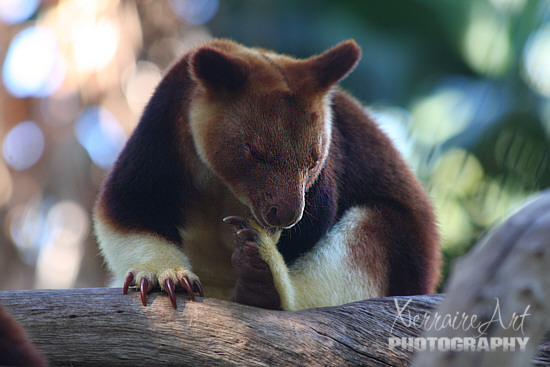
Goodfellow’s Tree Kangaroos are omnivores. Most of the time they feed on leaves, flowers, fruits and insects. They may also occasionally eat eggs and small birds.
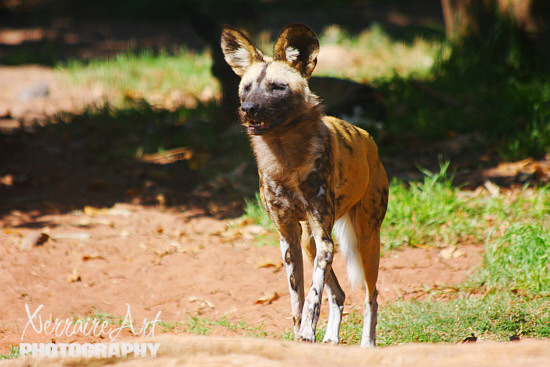
Seen so many TV specials of these it’s neat to see them for real! African Painted Dogs live in packs of 30 or more. Only the dominant male and female breed, however, the whole pack takes care of the young.
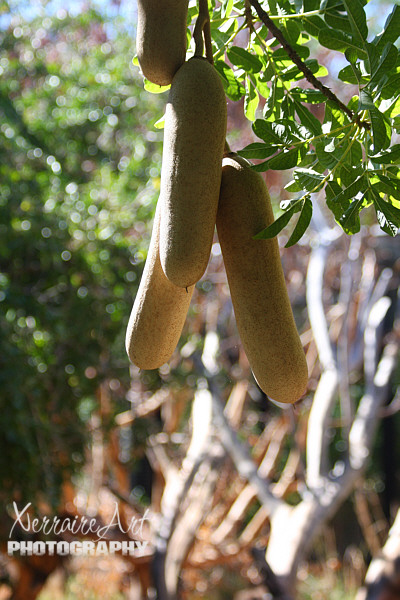
Sausage Tree : Kigelia africana. This tree produces large, reddish-purple flowers and wooden, sausage-shaped fruits, which can weigh up to four kilograms. Many parts of the tree are eaten by different animals. Although the fresh fruit is poisonous, it can be dried, roasted or fermented for use as a herbal medicine or to make alcohol. Shelves, boxes and canoes can also be made from the wood.
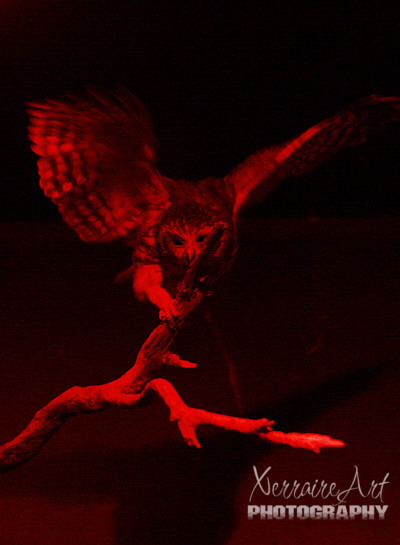
The Boobook is the smallest Australian owl. It has dark brown feathers with spots of white and grey. Its eyes are often bright yellow. Females are bigger than males.
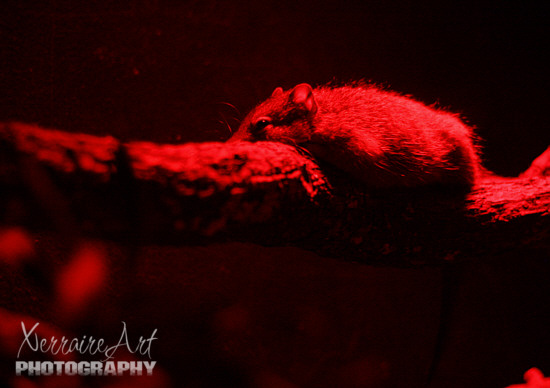
Dibblers are crepuscular which means they are most active at dawn and dusk. Dibblers live in areas with lots of leaf litter. This provides them with their food supply of invertebrates. It also gives Dibblers cover from predators.
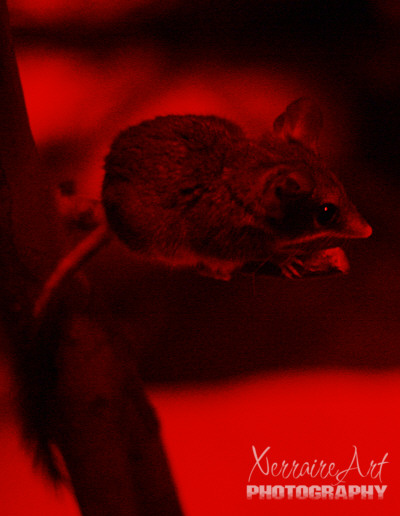
Red-tailed Phascogales are carnivores. They eat insects, small mammals and birds. They receive enough water through their food and therefore rarely have to drink water.
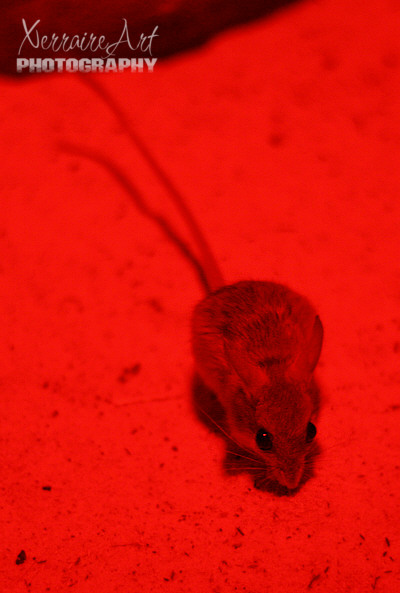
Tiny and FAST! They avoid the heat of the desert by sleeping in deep burrows during the day. At dusk, they come out to feed. Spinifex Hopping-mice will usually move around on all fours, however, they will hop around on their strong hindlegs to move fast.
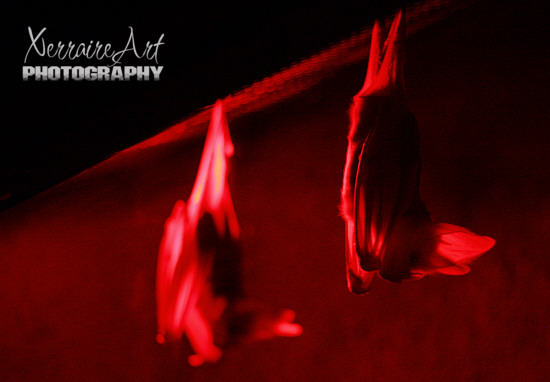
Ghost Bats use echolocation to find their food. Echolocation is a sensory system where the bats emit a high-pitched sound and listen to the echo to determine how far and in what direction objects are.
More on Perth Zoo Part Three next blog….

